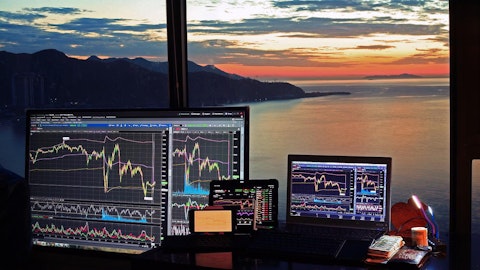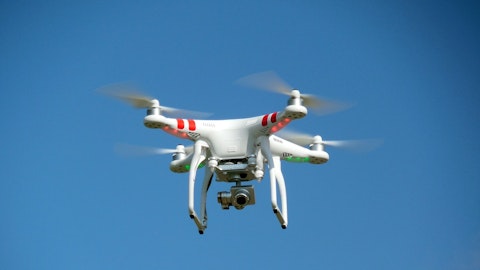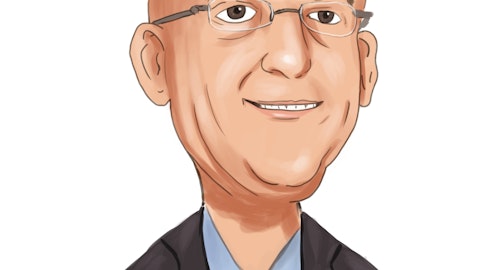Eric Brock: Okay. So Tim, you’re right, we do believe that this — as we described at the National Conversation around rail safety, there’s a couple things, and we do think it is going to accelerate the spending on all the technologies relating to the safety upgrades. But it also does — had an added benefit of building awareness around Ondas and the private network more generally and it does start with 900. But we think all the private networks that they have are going to be part of a longer term solution. So, as it relates to retiring their legacy spectrum, they still have the deadlines we’ve discussed in the past that we believe are important and that’s in 2025. So, that’s the answer. And I’ll add Tim that as the conversations are taking place here, we talk to as you would expect, the railroads every day, we also work with the AAR and of course MxV Rail.
That’s a very important relationship, and we’re doing this all with Siemens as well. We’re seeing a lot of activity in DC and I’m sure you are as well. And of course, folks like Congress, DOT, EPA, other agencies are all involved. And there’s activity around legislations related to specifically to rail safety. So we’re doing what we can to make sure we’re part of that conversation in DC. So that there’s awareness and we want to ensure that there’s awareness around how these solutions come together. And that legislation is likely to have new industry requirements and it’s likely to call for the densification of technologies like hotbox detectors, which Stewart described a bit during his presentation. And so it’d be densifying, it’s also upgrading technology.
We do believe that networks are going to be the backbone of that. I recall that the positive train control effort was a significant one for the rail industry. And that positive train control rollout, which the AR says was in the billions of dollars of costs, many billions. That doesn’t happen without the 220 megahertz network, right? That doesn’t happen with a wireless backbone. And that really highlights the value of what we’re doing as an enabling technology, an enabling platform.
Timothy Horan: So any update on the total cost for the initial 900 megahertz build out and when they would like to get that network up and running? Do you have any best guesstimate at this point?
Eric Brock: No. No, I think that — the fact of the matter is this network is a priority. It’s always been important. And that’s why you’ve seen the AAR, and it goes back to the AAR and FCC, they negotiated for the 900 megahertz swap, and we shared some of the language from that report from the FCC specifically talking about safety technologies. You’ve seen the AAR in the industry more broadly, very active with us in that 802.16 working group and we put the folks on a slide. So you see, and that’s all been public. And now they’re also active in the rail lab working on integrating our dot16 platform into many aspects of rail operations. So the AAR has been active. This doesn’t necessarily, I’d say as we outlined the TAM last — on our last call in February, we did make a deliberate effort to say, okay, this is the initial build.
And then of course, there’s the incremental build and whether or not it increases the size of the overall TAM, my sense it does. Stewart also mentioned, sort of what we — our experience was in our homes, right, as we put Wi-Fi in. You have data capacity, you tend to use it, right? So we started with one PC or one phone, and now we have all these other edge devices in our house and that’s the same thing. So, I think the TAM probably does increase. I don’t think we have to make any formal statements about that today. But the — but it’s likely to see that there’s an acceleration in upgrades of technologies, and of course you need the networks to do that.


